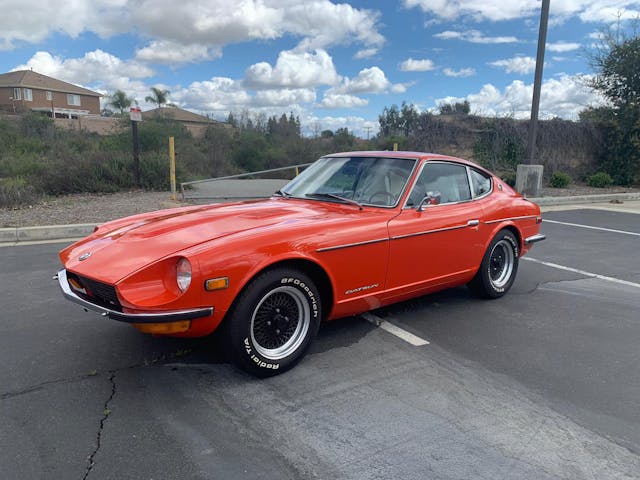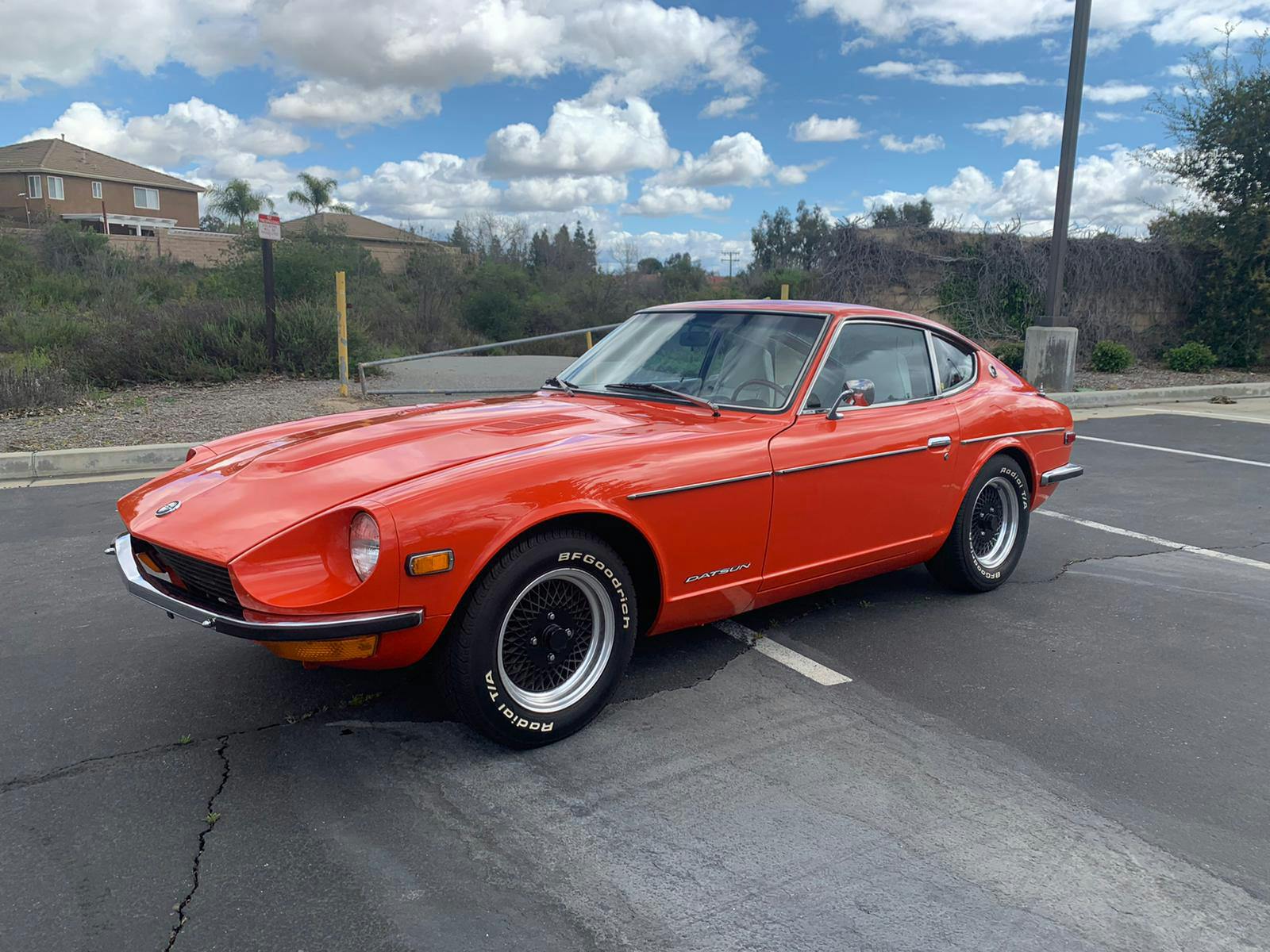Media | Articles
The Z list: Yoshihiko Matsuo’s legacy
Yoshihiko Matsuo, designer of the Datsun 240Z passed way last week at the age of 86. He took the lead on Datsun’s low-cost sports car project, and the legendary Z-car was born in 1969.
Its formula for success was simple: a drop-dead-gorgeous body, some say inspired by the Jaguar E-Type, with a powerful six-cylinder engine, and an affordable price. An instant hit at launch, it changed the public perception of Datsun and led to a nameplate legacy that has survived for 50 years. Here’s a recap:
Generation Z
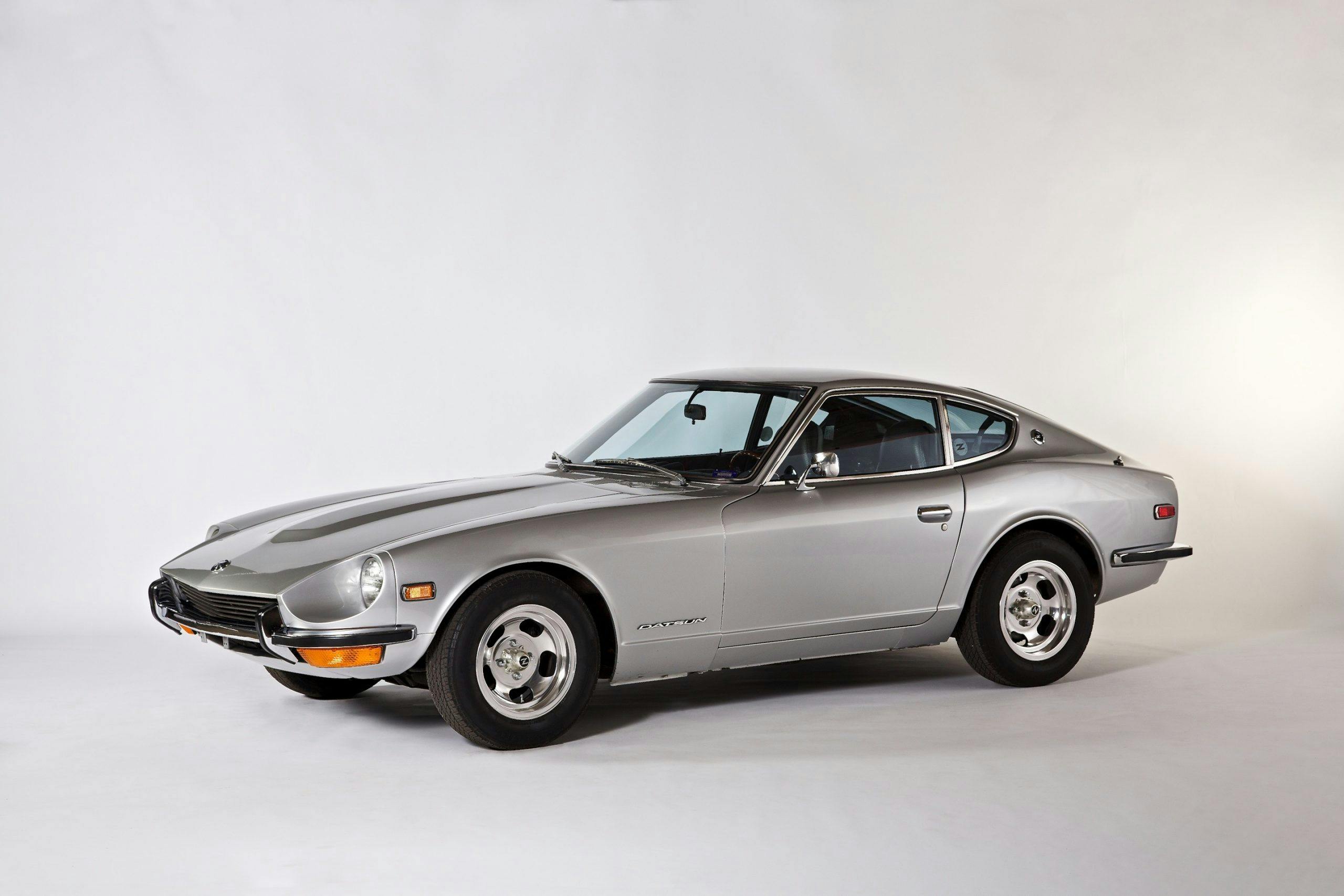
Known as the Fairlady Z in Japan, the 240Z made its debut in 1969, powered by a 2.4-liter, 151 hp, straight-six, mated to a four-speed manual, and priced at just $3500. In four years it sold over 150,000 units globally, making it the best-selling sports car in the world at the time. 1974 saw an increase in engine capacity to 2.6 liters and a consequent name change to 260Z, although emission restrictions actually saw power drop to 139 hp. A longer-wheelbase 2+2 version enabled you to squeeze a couple of kids in the back. The 260Z only lasted a year before the fuel-injected 280Z arrived with a much more suitable 170 hp.
T-Tops and turbos

In 1978 Datsun added X appeal by introducing the larger and more luxurious 280ZX. The 2.8-liter straight six and five-speed manual were carried over from the outgoing 280Z. Detuned to 136 hp in normally-aspirated form, the 280ZX also came with a turbo option offering over 180 hp. Fresh air fans were delighted to see a T-top as standard and it won Motor Trend’s Import Car of the Year in 1979. A redesign in 1984 upped the ante once more and the first 300ZX was unveiled–the first Z with V-6 power. In naturally aspirated tune 162 hp was available, or 202 hp with the turbo model. By 1985 the Datsun name had been dropped and Paul Newman was signed to race one in the GT1 Challenge, which he duly won.
The end of an era
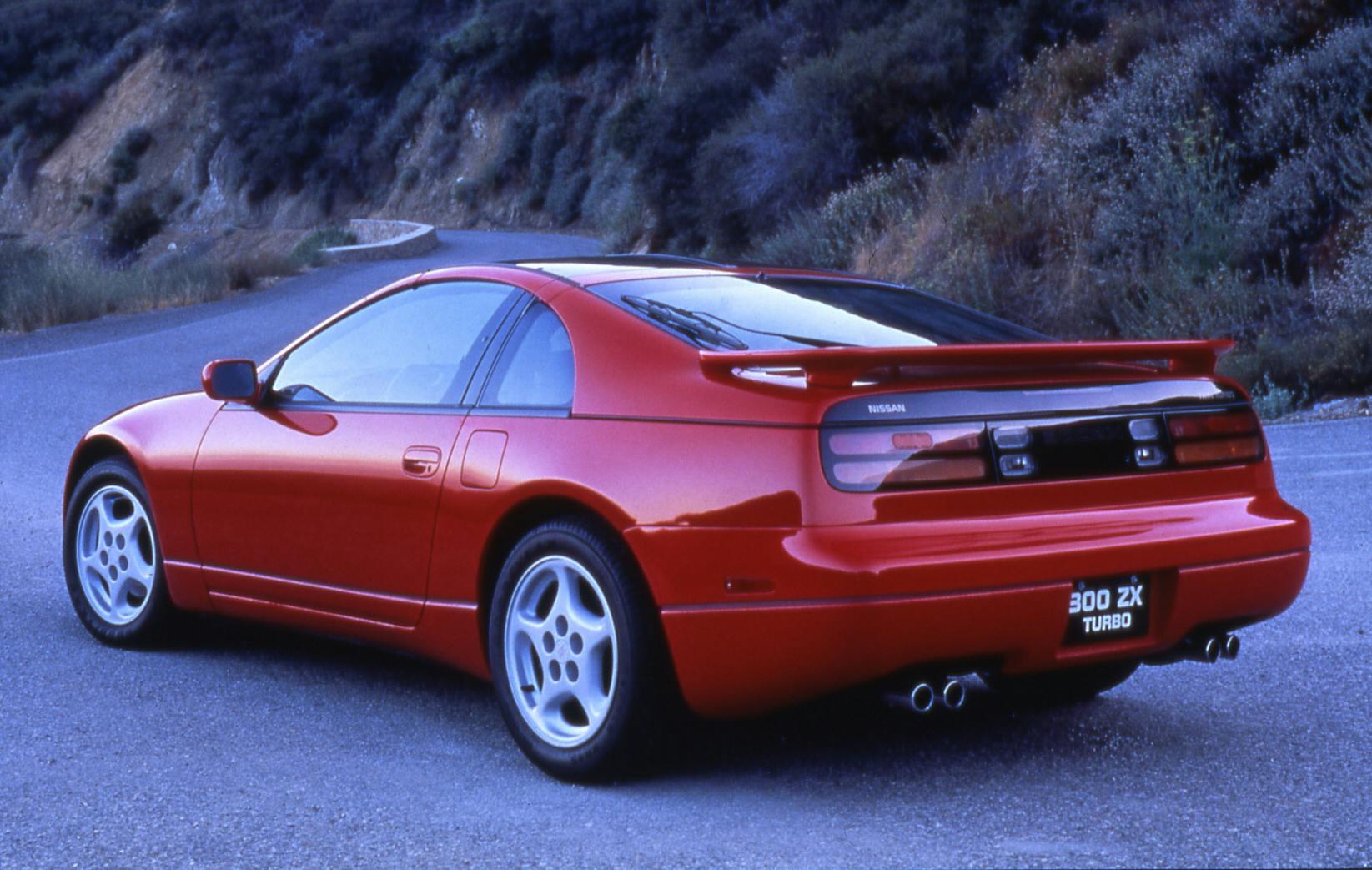
1990’s 300ZX was an all-new design, with its sleek body designed using CAD on a Cray supercomputer. Engine power was also boosted to 222 hp in the NA model or 300 hp in the twin-turbo, which offered Super HICAS four-wheel steering to make the big Z more agile than its predecessor. By now the car had come a long way from its inexpensive beginnings and an entry-level 300ZX was $30,000, rising to $50,000 by the time production ended in 1996.
Marketplace
Buy and sell classics with confidence
The re-issue
Following the cancellation of the 300ZX in 1997, Nissan bought up as many original 240Zs as it could muster and embarked on a factory re-issue program. For around $25,000 you could, briefly, buy an as-new Z with a 12-month warranty. Each car had more than 800 parts replaced and was sent on a 200-mile test drive before being delivered to its new owner.
Return of the Z

2001 gave the first clue that the legendary Z would be back on the road, when Nissan revealed its Z Concept at the North American International Auto Show. Just over a year later the 350Z hit showrooms powered by a 3.5-liter V-6. Initially offered up with 290 hp and a choice of six-speed manual or five-speed auto transmission, the two-seater came close to offering the excitement of the original, albeit at a $30,000 price.
The present

The current 370Z was introduced in 2008 and is showing its age against its rivals. Its 3.7-liter V-6 may put out up to 350 hp but in the days of downsized turbos it no longer sets pulses racing. At launch its SynchroRev Match system, that blips the throttle on downshifts, was innovative and, with a sub-five-second zero to sixty time, it was rapid, but sales are dwindling and the clock is ticking.
The future
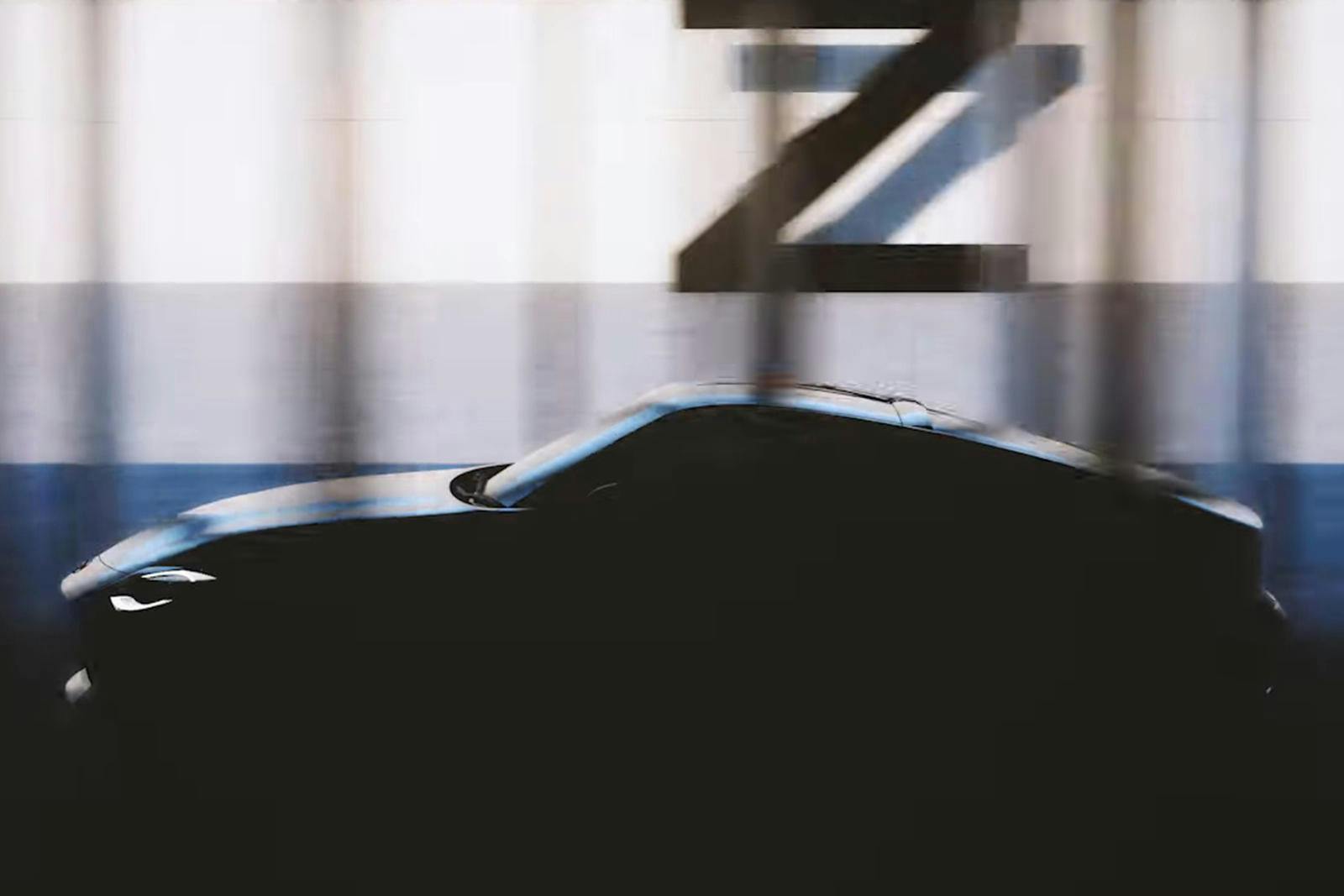
If the rumors are right then a new Z could be revealed in 2021, powered by a twin-turbo 3.0-liter V-6, producing over 400 hp to compete with the Toyota Supra. Nissan recently released a video which teased the silhouette of a sports car with a profile that mimics the 240Z. Fingers crossed.
